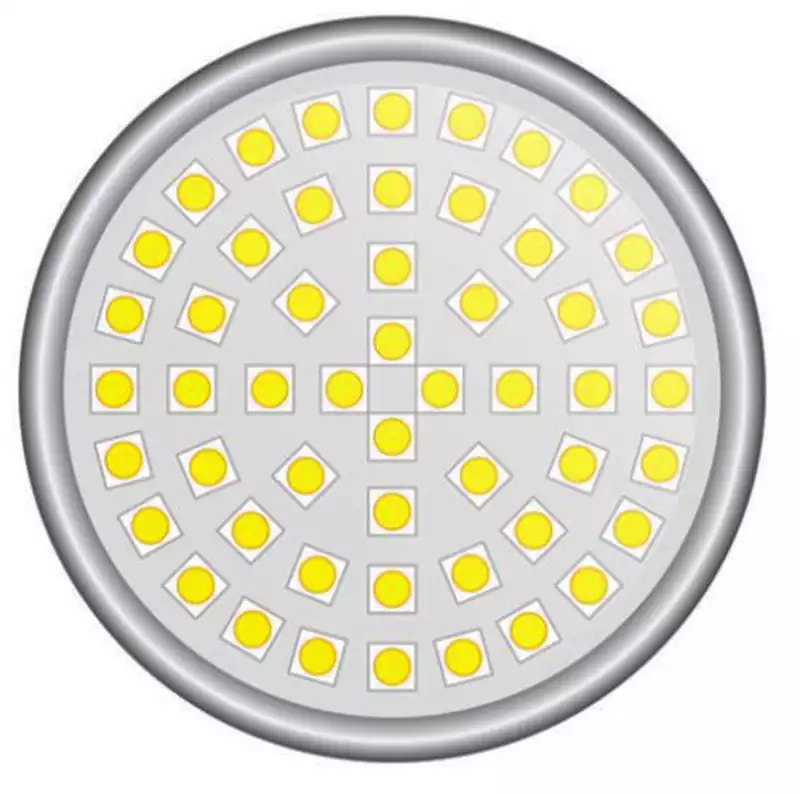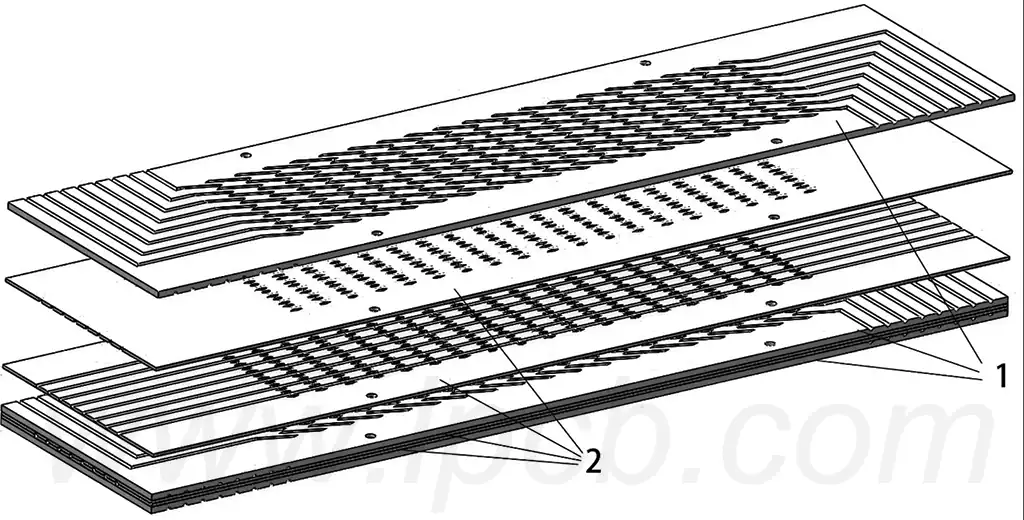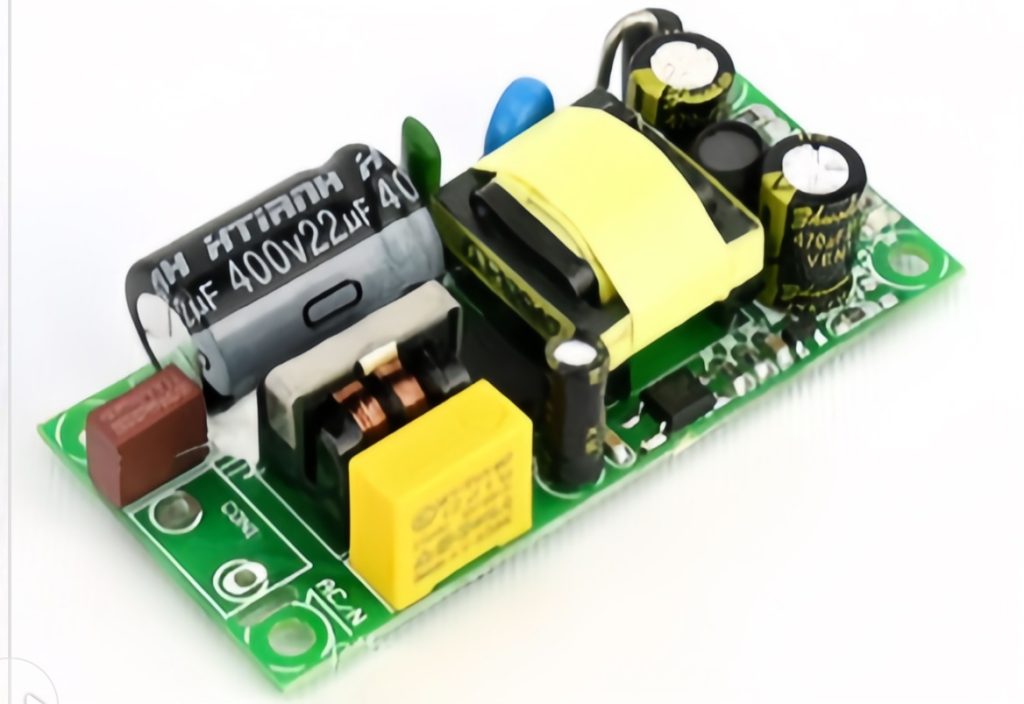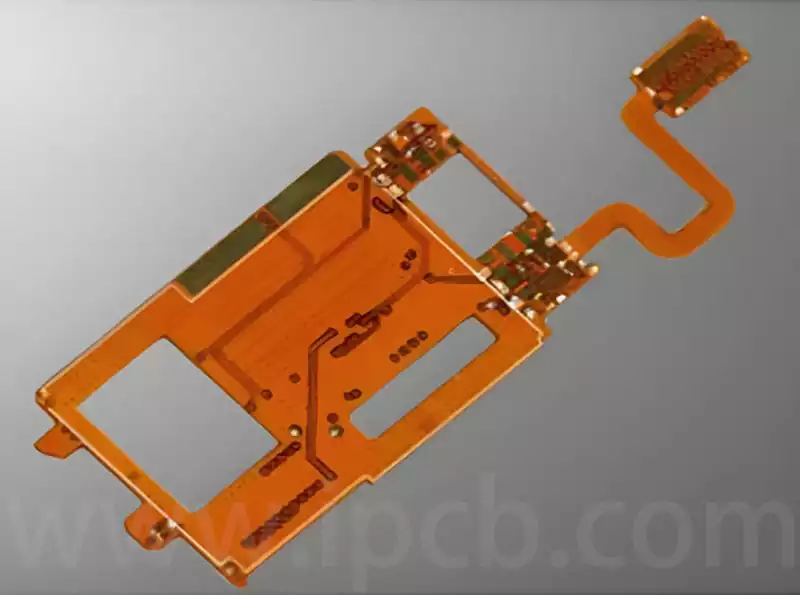Integrated Circuits (ICs) are semiconductor microdevices originating in the 1950s. Through precision manufacturing processes such as oxidation, photolithography, diffusion, epitaxy, and aluminium deposition, semiconductor elements, resistors, capacitors, and interconnecting conductors are fully integrated onto a miniature silicon wafer. This forms circuits with specific functions, ultimately resulting in soldered and encapsulated electronic microdevices.
Based on product characteristics, integrated circuits can be subdivided into various types such as microprocessors, analogue circuits, logic circuits, and memory devices. Classified by functional implementation and downstream application domains, the ic industry further encompasses communication chips, sensor chips, security chips, memory chips, application processor chips, power management chips, development and control chips, and driver chips. For instance, communication chips are extensively deployed in end devices such as mobile phones, computers, smart home appliances, and smart payment tools. They support wireless and microwave communications. With the proliferation of technologies like Wi-Fi, their market continues to expand, evolving towards miniaturisation, high speed, multifunctionality, and low power consumption.
Although the terms ‘chip’ and ‘IC’ are often used interchangeably in everyday discourse, they possess subtle conceptual distinctions. A chip specifically denotes a highly miniaturised electronic component that integrates numerous transistors, capacitors, resistors, inductors, and related circuits to perform specific functions. For instance, the central processing unit (CPU) serving as a computer’s core is a type of chip. IC, however, emphasise a manufacturing and application technology. By integrating multiple electronic components and circuits onto a single chip, they achieve higher integration levels and smaller physical dimensions. They are typically manufactured using semiconductor processes to ensure high quality and stability. Thus, a chip emphasises the functional entity itself, while an integrated circuit focuses on the manufacturing process and integration method used to realise that functional entity.
IC Chip Classification
Classification by Functional Structure
ICs can be broadly categorised into two main types based on their function and structure: analogue ic and digital ics.
Analogue ics generate, amplify, and process various analogue signals (signals whose amplitude varies continuously over time, such as audio signals in semiconductor radios or tape signals in recorders). Digital ics generate, amplify, and process various digital signals (signals with discrete values in both time and amplitude, such as audio and video signals reproduced from VCDs or DVDs).
Fundamental analogue ics include operational amplifiers, multipliers, integrated voltage regulators, timers, and signal generators. Digital ics encompass numerous varieties: small-scale ics feature multiple gate circuits; medium-scale ics include data selectors, encoders/decoders, flip-flops, counters, and registers; large-scale or very large-scale ics comprise PLDs (programmable logic devices) and ASICs (application-specific integrated circuits).
Classification by Manufacturing Process
Integrated circuits may be categorised by manufacturing process into semiconductor integrated circuits and thin-film integrated circuits. Thin-film integrated circuits are further subdivided into thick-film integrated circuits and thin-film integrated circuits.
Classification by Integration Density
Integrated circuits are classified by scale as: small-scale integrated circuits (SSI), medium-scale integrated circuits (MSI), large-scale integrated circuits (LSI), very large-scale integrated circuits (VLSI), and ultra-large-scale integrated circuits (ULSI).
Classification by Conduction Type
Integrated circuits may be categorised by conduction type into bipolar integrated circuits and unipolar integrated circuits. Bipolar integrated circuits involve complex fabrication processes and exhibit higher power consumption; representative types include TTL, ECL, HTL, LST-TL, and STTL. Unipolar integrated circuits feature simpler fabrication processes, lower power consumption, and are readily suited for large-scale integration; representative types include CMOS, NMOS, and PMOS.
Classification by Application
Integrated circuits can be categorised by application into television ICs, audio ICs, disc player ICs, video recorder ICs, computer (microcomputer) ICs, electronic keyboard ICs, communication ICs, camera ICs, alarm system ICs, and various specialised integrated circuits.
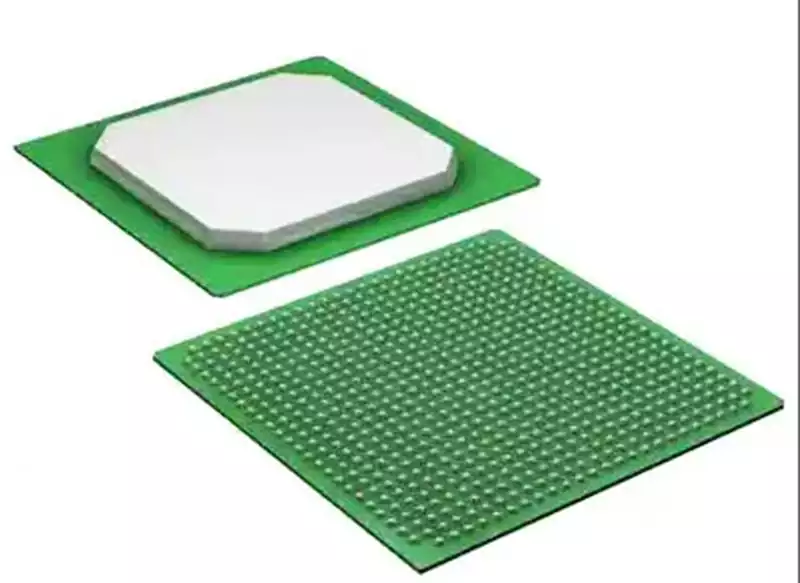
The structure of integrated circuits (ICs)
Semiconductor chips may be minuscule in size, yet their internal architecture is extraordinarily intricate, particularly their most fundamental micro-components—tens of thousands of transistors. Below we shall explore the internal structure of integrated circuits (ICs), which primarily comprises the following elements:
- Substrate
Integrated circuits (ICs) typically utilise silicon (Si) wafers as their substrate. This material possesses excellent semiconductor properties, enabling effective current control. The dimensions and thickness of the silicon wafer are critical in chip design, influencing both performance and manufacturing processes. - Semiconductor Materials
Beyond silicon, modern integrated circuits (ICs) may utilise other semiconductor materials such as germanium (Ge) or gallium arsenide (GaAs), which offer superior performance in specific applications. - Circuit Interconnections The circuits within an integrated circuit (IC) are formed by connecting various electronic components (such as transistors, resistors, capacitors) via metallic conductors. Aluminium or copper are typically employed for circuit interconnections. These materials form intricate circuit networks within the integrated circuit (IC), serving to transmit signals.
- Logic Gates and Functional Units The fundamental building blocks of integrated circuits (ICs) are logic gates (such as AND gates, OR gates, NOT gates, etc.) and various functional units (e.g., adders, multipliers, memory units, etc.). These basic units work in concert to perform more complex computational and logical processing tasks.
- Packaging Upon completion, integrated circuits (ICs) are packaged into user-friendly forms. Packaging not only protects internal circuits but also provides interfaces for connecting to external devices. Common packaging types include DIP (Dual In-line Package), SOIC (Small Outline Integrated Circuit), and QFN (Quad Flat No-lead Package).
Functions and Roles of Chips
- Data Processing Chips execute complex computations and data processing tasks. Microprocessors and microcontrollers are the most prevalent types, widely employed in computers, smartphones, and embedded systems.
- Control Function Chips govern the operation of other electronic components. For instance, microcontrollers are frequently used in household appliances, automobiles, and industrial equipment to monitor and regulate device functioning.
- Storage chips (such as RAM and ROM) store data and programmes. RAM provides temporary data storage, while ROM permanently stores firmware and system boot programmes.
- Digital Signal Processors (DSPs) specialise in processing audio, video, and other signals, finding extensive use in audio equipment, image processing, and communication systems.
- Communication chips play a pivotal role in wireless communications, including Bluetooth, Wi-Fi, and mobile networks. They handle data encoding, decoding, and transmission.
- Sensing and measurement sensor chips detect environmental changes (such as temperature, humidity, and light levels), converting this information into electrical signals for use by other devices.
- Power management chips regulate and distribute power, ensuring energy efficiency and stability across different operational states of the device.
- Security chips encrypt and decrypt data to safeguard devices and user information, finding extensive application in payment systems and authentication processes.
- Connectivity chips provide various interfaces (such as USB, HDMI, Ethernet) enabling devices to connect with other equipment or networks for data exchange and communication.
- Embedded Applications
Numerous chips are engineered as components within embedded systems, serving specific functions and delivering services across sectors including automotive, medical devices, and smart home technologies.
ICs, as miniature semiconductor devices, feature intricate and sophisticated internal structures. Utilising silicon wafers as their substrate, they achieve highly integrated electronic functionality through the precise combination of semiconductor materials, circuitry, logic gates, and functional units. These miniature devices play pivotal roles in data processing, control, storage, signal processing, communications, sensing and measurement, power management, security functions, and connectivity, while delivering specialised services and capabilities across diverse embedded applications.
The packaging technology of integrated circuits is equally vital, not only safeguarding internal circuits but also providing interfaces for connection to external devices. Common packaging types include DIP, SOIC, QFN, and others. With continuous advancements in integrated circuit technology, the industry is progressing towards higher precision and greater integration. China’s integrated circuit sector is undergoing internal structural optimisation, with rapid growth in the design segment and sustained strength in manufacturing.
